Results
-
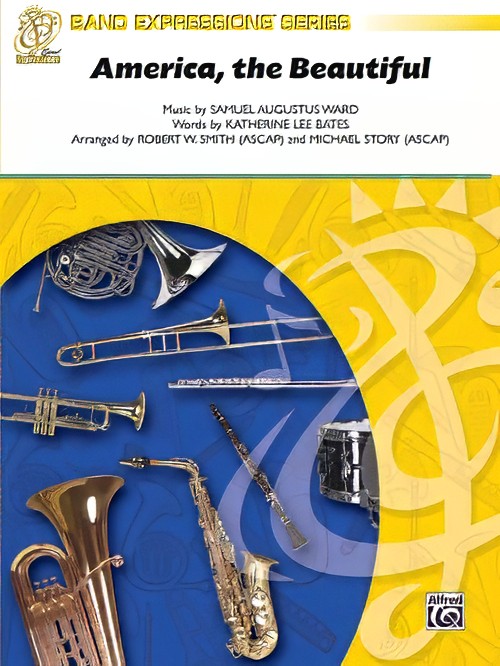 £54.95
£54.95America, the Beautiful (Concert Band - Score and Parts) - Bates & Ward - Smith & Story
The Smith and Story duo has scored this lush rendition to correlate with the first year of the Band Expressions curriculum, though it will add a patriotic flare to any program. This arrangement of the classic work includes great textures and harmonies for your beginners.Duration: 2.00
Estimated dispatch 7-14 working days
-
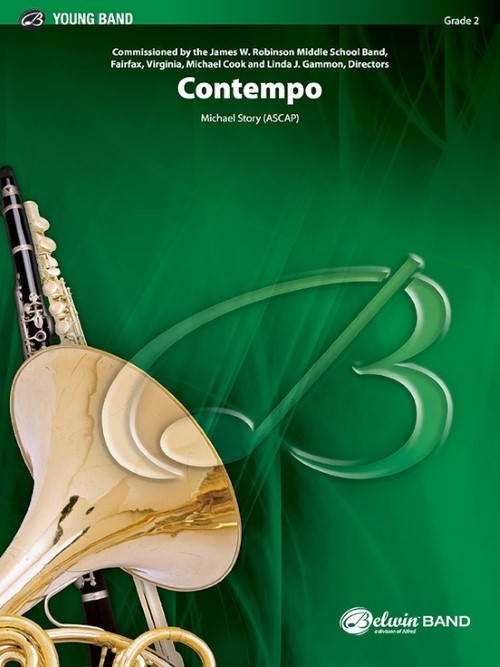 £56.50
£56.50Contempo (Concert Band - Score and Parts) - Story, Michael
Michael Story has again written an original work with progressive elegance. The composition features a few soloistic sounds, all solidly cued, and avid percussion contributions complete the setting. The concrete scoring work will ensure an impressive musical presentation. Duration: 3.15
Estimated dispatch 7-14 working days
-
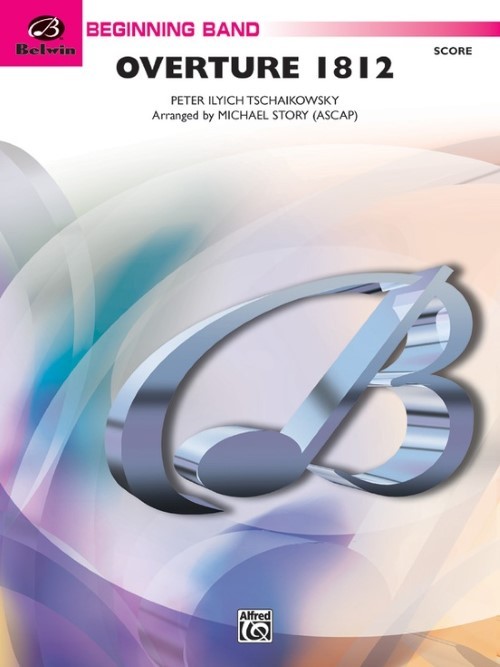 £53.95
£53.95Overture 1812 (Concert Band - Score and Parts) - Tchaikovsky, Peter Ilyich - Story, Michael
Most musicians dislike the term "watered-down," so we asked Michael Story to present this classic overture with musical integrity and honesty but to simplify the complicated orchestral writing to be playable by a very young band or ensemble. We think you will agree: This arrangement succeeds admirably! Duration: 2.00
Estimated dispatch 7-14 working days
-
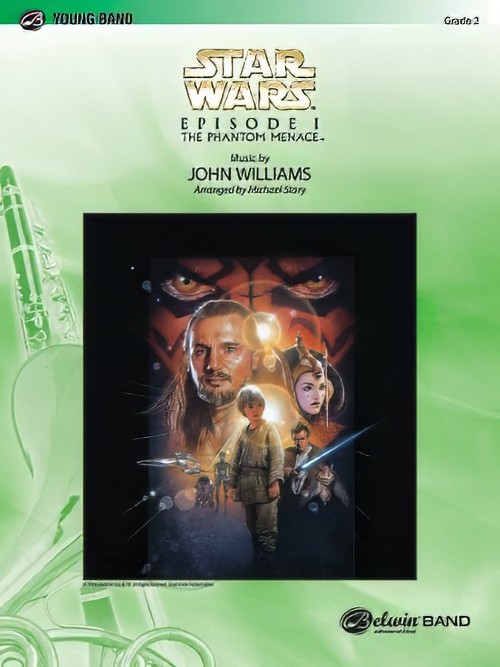 £73.50
£73.50Star Wars: Episode I, The Phantom Menace (Concert Band - Score and Parts) - Williams, John - Story, Michael
The world had waited years, and finally the motion picture event of the century exploded on the screen in Star Wars: Episode 1 The Phantom Menace. From the power-packed John Williams score, this Michael Story treatment is a highly creative mix of "Star Wars (Main Theme)" * "Duel of the Fates" * "Augie's Great Municipal Band" * "He Is The Chosen One" and the soaring "End Credits." Every band and wind ensemble in the world will be playing this one! Duration: 5.30
Estimated dispatch 7-14 working days
-
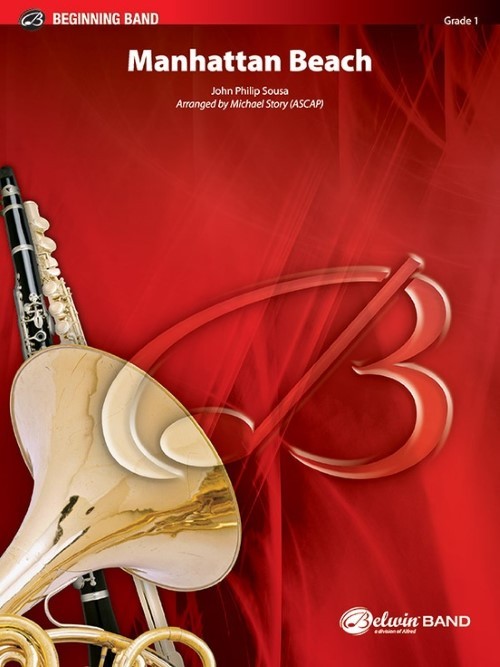 £55.50
£55.50Manhattan Beach (Concert Band - Score and Parts) - Sousa, John Philip - Story, Michael
Although John Philip Sousa is stereotyped as a march writer, he composed music in many forms. But, of course, it's his marches that have brought his name to millions of performers and listeners the world over. Of the hundreds of marches he wrote, many are still among the most performed of the medium. Michael Story has chosen this classic Sousa work and removed the technical difficulties so it can be enjoyed by even the youngest ensemble or band. Relish this music of the "March King"! Duration: 1.30
Estimated dispatch 7-14 working days
-
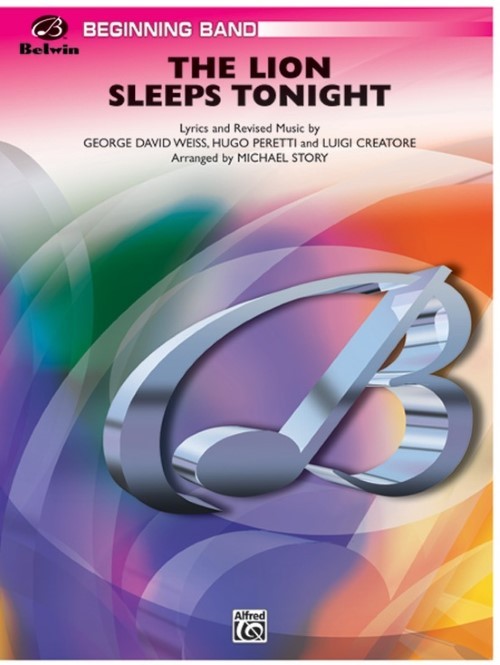 £53.95
£53.95The Lion Sleeps Tonight (Concert Band - Score and Parts) - Story, Michael
This doo-wop classic, made famous in severalmotion pictures is arranged for concert band by Michael Story. A winner! Duration: 1.45
Estimated dispatch 7-14 working days
-
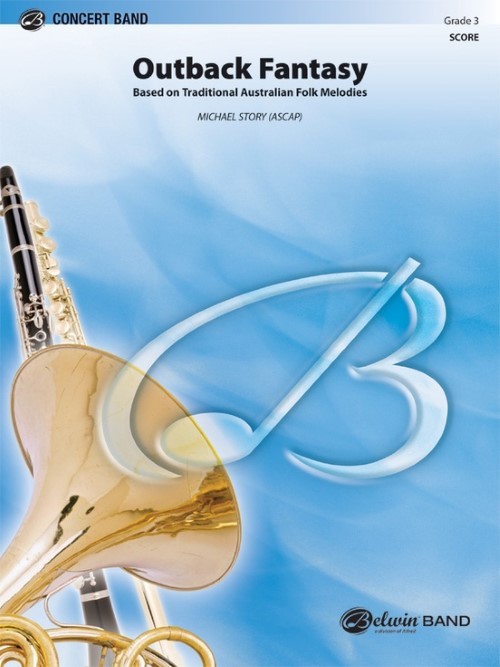 £70.50
£70.50Outback Fantasy (Concert Band - Score and Parts) - Story, Michael
The land 'down under' is hot! Australia holds a powerful fascination for many of us. Using folk material including Waltzing Matilda and Click Go the Shears, Michael Story crafts an entertaining and tuneful concert work guaranteed to make all of us think of koalas and kangaroos. This is good music, mate! Duration: 3.00
Estimated dispatch 7-14 working days
-
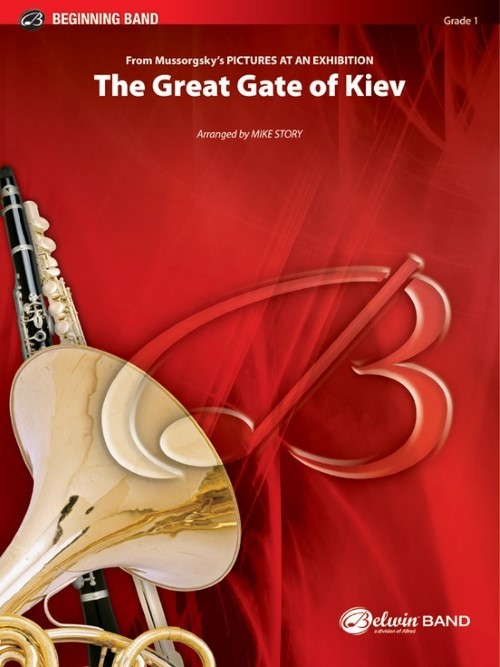 £53.95
£53.95The Great Gate of Kiev (Concert Band - Score and Parts) - Mussorgsky, Modest - Story, Mike
This famous work, the finale from Mussorgsky's Pictures at an Exhibition, has gone from the keyboard Medium to an orchestral version arranged by Ravel, and now to a very easy concert band arrangement by Mike Story. The power and drama is all here in an easy-play form.Duration: 2.15
Estimated dispatch 7-14 working days
-
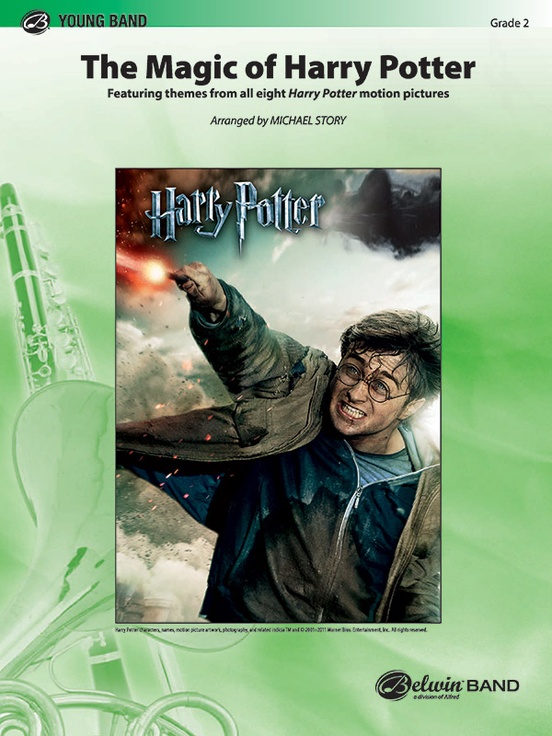 £73.50
£73.50The Magic of Harry Potter - Alexandre Desplat and John Williams / arr. Michael Story
Relive the magic of all eight films! This composite medley represents each of the exciting film scores. The themes included are "Hedwig's Theme" and "Nimbus 2000" from , "Fawkes the Phoenix" from , "Double Trouble" from , "Hogwarts' Hymn" from , "Dumbledore's Army" from , "Harry and Hermione" from , "Ministry of Magic" from , "Showdown" from , and "Leaving Hogwarts," which appeared at the end of both the first and last movies. Charismatically scored and arranged by Michael Story, featuring a variety of solo/soli segments to feature your best players and provide ample rests, this medley will ensure that Harry's conjuring enchantment lives on for generations to come. (6:00) This title is available in MakeMusic Cloud.
Estimated dispatch 3-5 working days
-
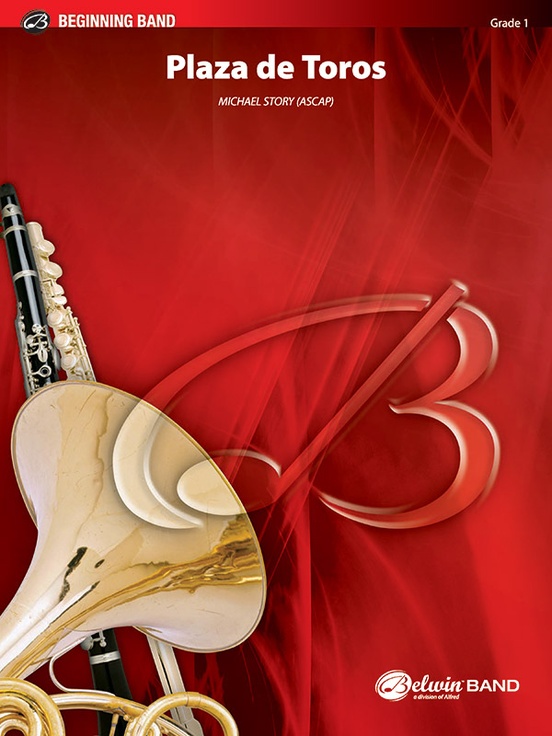 £55.50
£55.50Plaza de Toros - Michael Story
A Plaza de Toros is an arena where bullfights occur. As the bullfighters enter the stadium, they are usually accompanied by Spanish marches called "paso dobles," literally meaning "double step." This energetic Michael Story composition, scored in common time easing your rehearsal, will bring the vibrant sound of the bullfight arena to your beginning band. Toro! (2:00) This title is available in MakeMusic Cloud.
Estimated dispatch 3-5 working days
